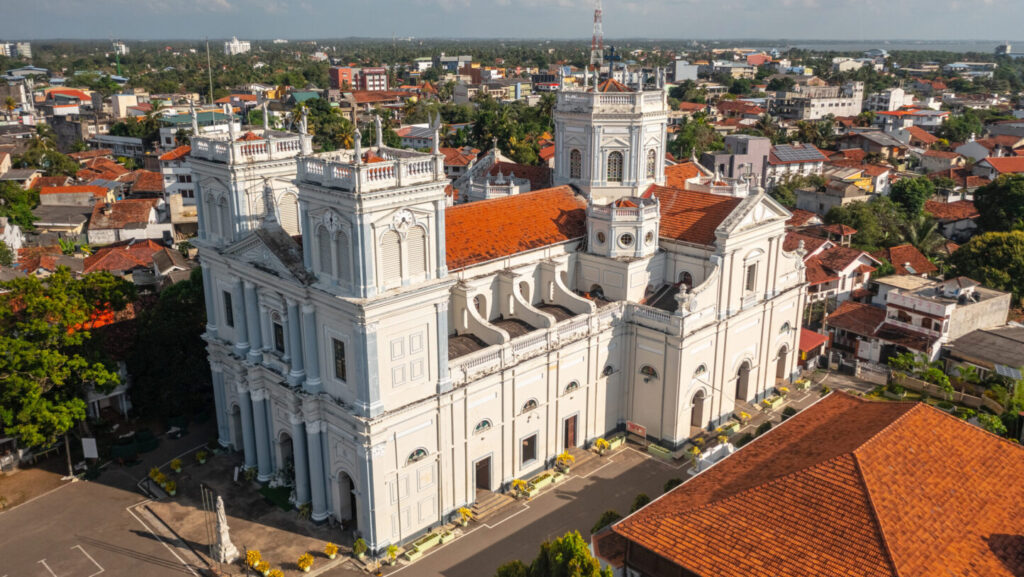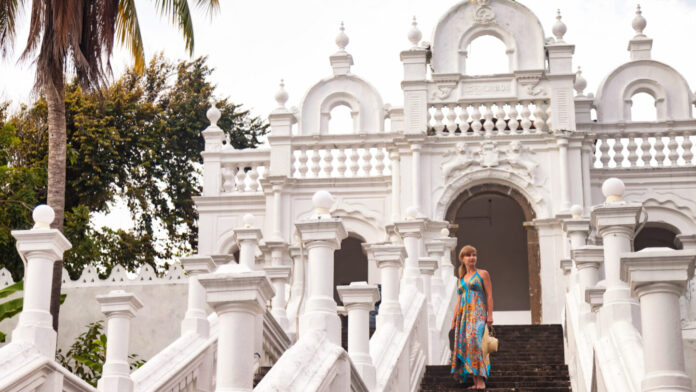By The Frontpage Journal
Sri Lanka’s architectural landscape tells a layered story of its colonial past and evolving present. The grand Dutch forts, British-era bungalows, and public buildings scattered across cities and towns stand as tangible reminders of centuries of foreign influence. Preserving these heritage structures amid rapid urban development presents both challenges and opportunities for the island’s cultural identity.
Colonial architecture in Sri Lanka reflects the styles and functions introduced by the Portuguese, Dutch, and British rulers. Forts such as Galle and Jaffna showcase sturdy ramparts, bastions, and gateways designed for defense and administration. British colonial buildings in Colombo and Kandy reveal Victorian, neoclassical, and Tudor revival influences, with elegant facades, spacious verandahs, and manicured gardens.
These structures are more than historical artifacts; they are active parts of community life. Many have been repurposed into museums, government offices, hotels, and cultural centers, offering a window into the past while serving contemporary needs. Their unique aesthetics also attract tourists and photographers, adding economic value.
Preservation efforts face pressures from urban expansion, real estate development, and limited resources. Some heritage buildings suffer neglect or inappropriate modifications that threaten their integrity. However, growing awareness among government bodies, conservationists, and citizens is fostering initiatives to protect and restore these sites.

Collaborations with international heritage organizations provide technical expertise and funding. Adaptive reuse projects balance preservation with modern functionality, demonstrating how old buildings can meet new demands without losing their character. Community engagement ensures that conservation respects local history and identity.
For locals, colonial architecture offers a sense of continuity and cultural richness. For visitors, these buildings tell stories of Sri Lanka’s complex history, revealing intersections of cultures and eras. Walking through colonial streets, one can glimpse the blending of East and West, tradition and change.
Preserving colonial heritage in Sri Lanka is not about nostalgia alone but about recognizing the value of architectural diversity in shaping a city’s soul. It invites reflection on how history informs present identities and future possibilities.
As Sri Lanka modernizes, the careful stewardship of its colonial architecture ensures that these landmarks remain vibrant parts of its evolving story—bridges connecting past grandeur with contemporary life.




